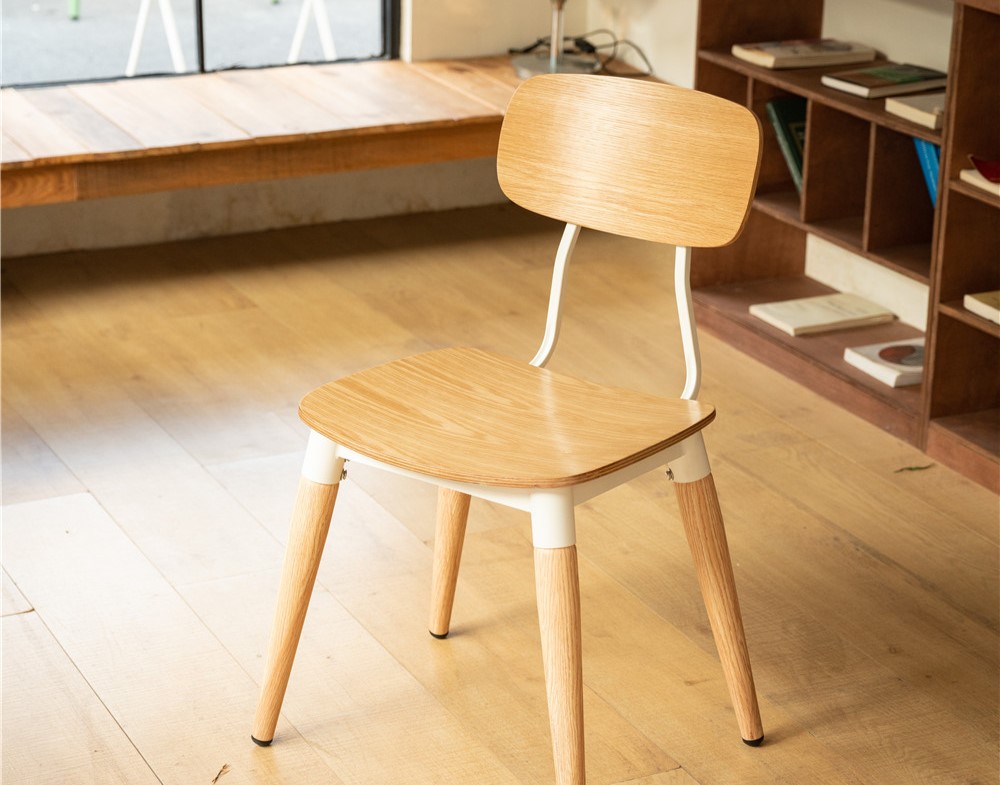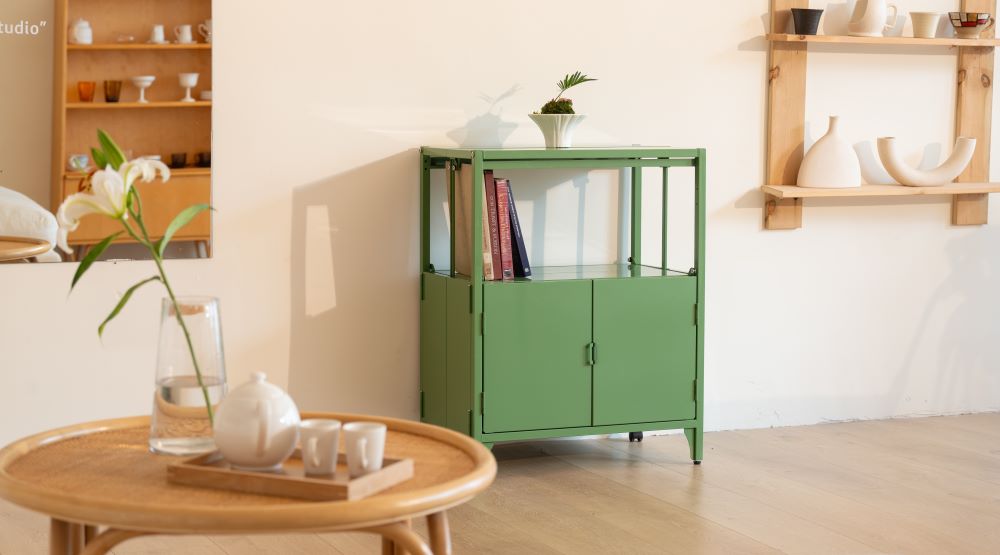Regarding the development trend of the furniture market, the following are some key points:
Sustainable development and environmental awareness
As consumers pay more attention to environmental protection and sustainable development, the furniture market is moving towards the use of renewable materials and environmentally friendly production processes. Many brands have begun to adopt sustainable wood, non-toxic paints and recyclable materials to meet consumers' demand for environmentally friendly products.
Personalization and customization
Consumers are increasingly looking for personalized and customized furniture to reflect their unique style and needs. Furniture brands are beginning to offer more customization options, including size, color, material and design, to meet the preferences of different consumers.
The rise of smart furniture
With the development of smart home technology, smart furniture has gradually become a new trend in the market. Furniture products that integrate intelligent control and Internet of Things technology, such as smart sofas and smart beds, can provide higher convenience and comfort, attracting more and more consumers.

Demand for multifunctional furniture
Due to the shrinking living space in cities, the demand for multifunctional furniture is increasing. Foldable and transformable furniture designs can effectively utilize limited space and meet the needs of modern families, especially in small apartments.
The popularity of online shopping
The rapid development of e-commerce platforms has changed the traditional furniture sales model. More and more consumers choose to buy furniture online, and the convenient and fast shopping experience has made online sales gradually become the mainstream. Brands are also actively expanding online channels to adapt to this trend.
Emphasis on design and aesthetics
Consumers have higher and higher requirements for furniture design and aesthetics. Modern furniture should not only be practical, but also have good visual effects. Simple and fashionable design styles are favored, and brands also pay more attention to the combination of product design and fashion trends.
Health and comfort concerns
As people pay more attention to the quality of life, healthy and comfortable furniture products are getting more and more attention. Furniture products with ergonomic design and natural materials can provide a better user experience and meet consumers' pursuit of healthy life.

Overall, furniture market trends reflect changes in consumer demand and technological advances, and brands need to continue to innovate and adapt to stay in the competitive market.
Post time: Nov-20-2024